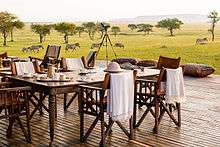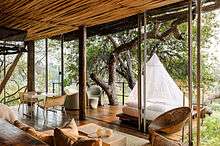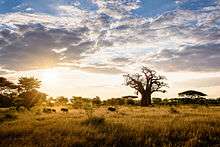Singita Game Reserve

Singita is the Shangaan word for ‘Place of Miracles’. In the spirit of miracles, Singita’s enduring purpose is to conserve, preserve, and protect the miraculous places of which they are custodians. Singita's concessions, reserves, and properties represent some of the most pristine wilderness areas on the continent and they are dedicated to maintaining these incredible pieces of earth for future generations.
Singita’s evolution from a single-lodge company to one that is now responsible for more than half a million acres of land, operating 12 lodges and camps in five wilderness regions across three African countries (South Africa, Zimbabwe and Tanzania), has always been characterised by a pioneering spirit and a sincere desire to preserve wilderness areas for future generations. Its low-impact, high-value tourism model – fewer guests paying a premium for the privilege of experiencing vast open spaces – exists to sustain these wilderness areas and their resident wildlife, while providing an exclusive safari experience.
Wildlife
Include the Big Five.
History
Singita’s story began in 1925 when Luke Bailes’ grandfather purchased a piece of land in what would later become the Sabi Sand Reserve in South Africa. Situated in a remote corner of the Lowveld, the 45,000 acre reserve has evolved from its early days as a hunting concession to become an exclusive conservation reserve where all species are protected. Singita’s first lodge, Singita Ebony Lodge, opened its doors in 1993 in this magnificent piece of family land and the brand has been growing ever since. Today, Singita’s unique philosophy lives on in each of the twelve lodges and camps across five diverse ecosystems.
Accommodation



South Africa
Kruger National Park
- Lebombo Lodge
- Sweni Lodge
Singita Sabi Sand
- Ebony Lodge
- Castleton
- Boulders Lodge
Tanzania
- Sasakwa Lodge
- Sabora Tented Camp
- Faru Faru Lodge
- Serengeti House
- Singita Explore
- Mara River Camp
Zimbabwe
- Pamushana Lodge
References
External links
Coordinates: 24°47′13″S 31°25′28″E / 24.78694°S 31.42444°E